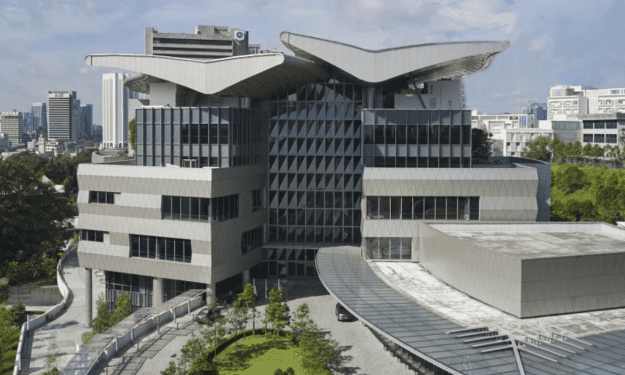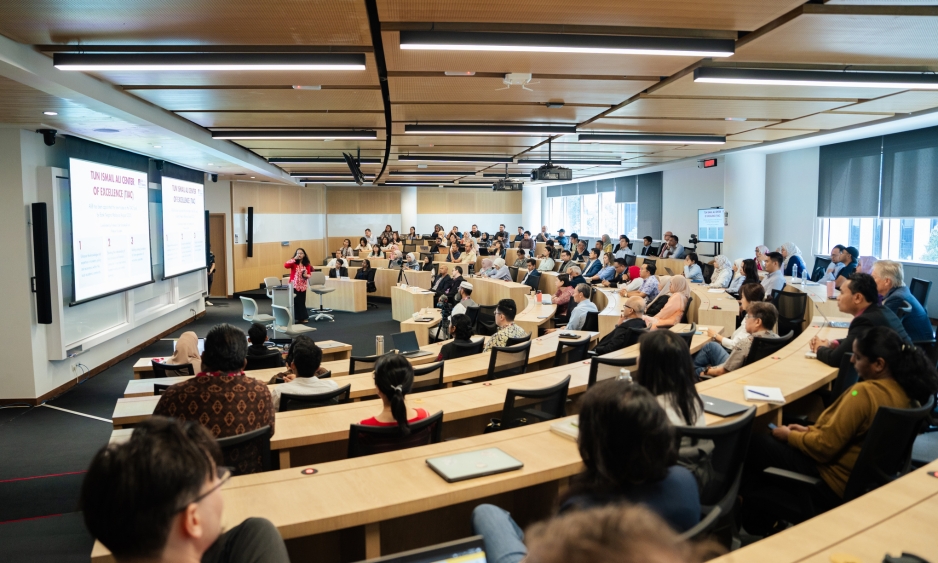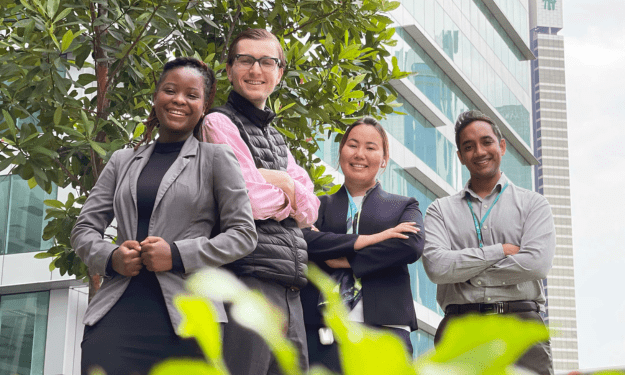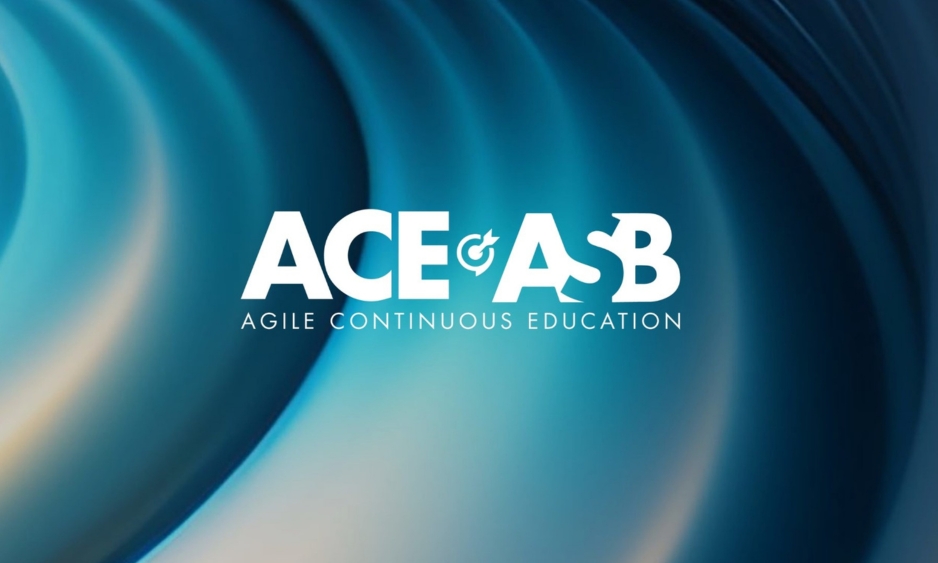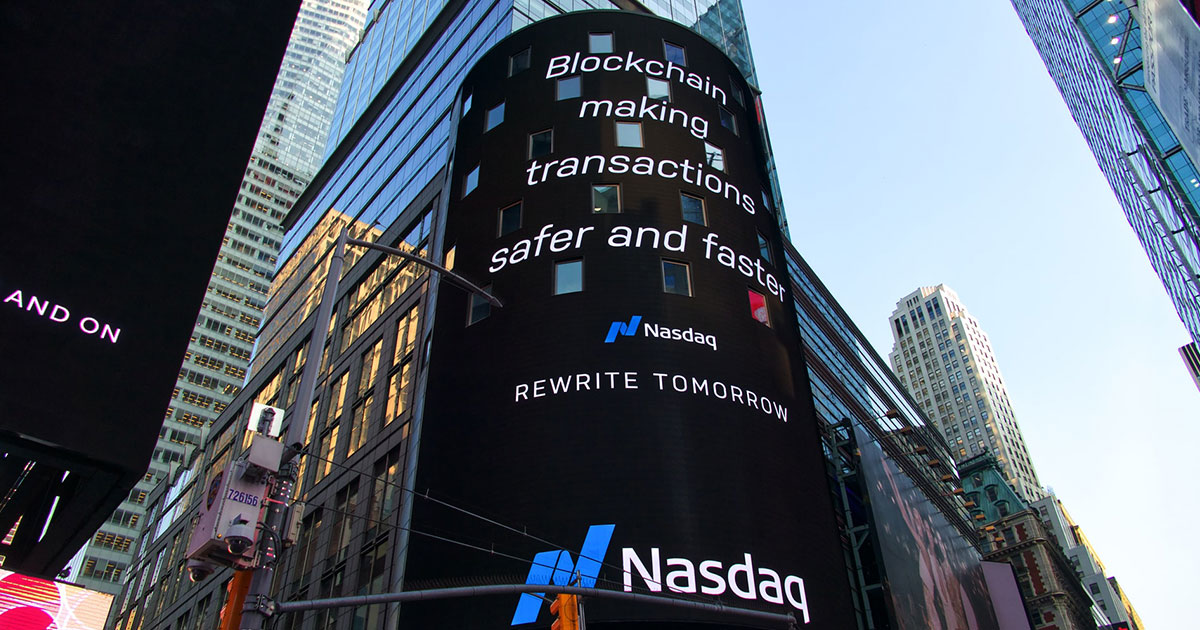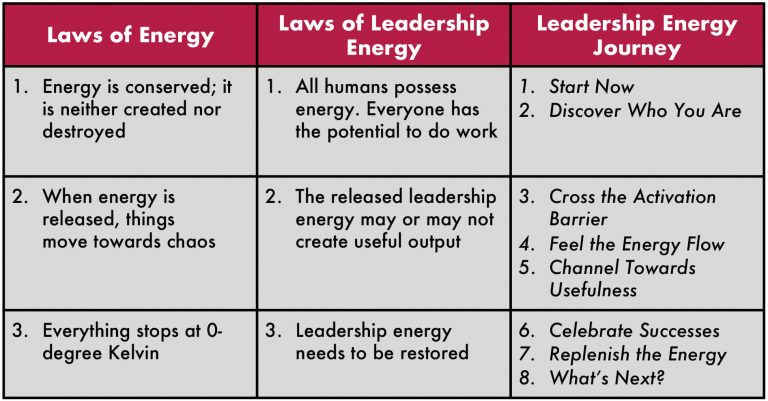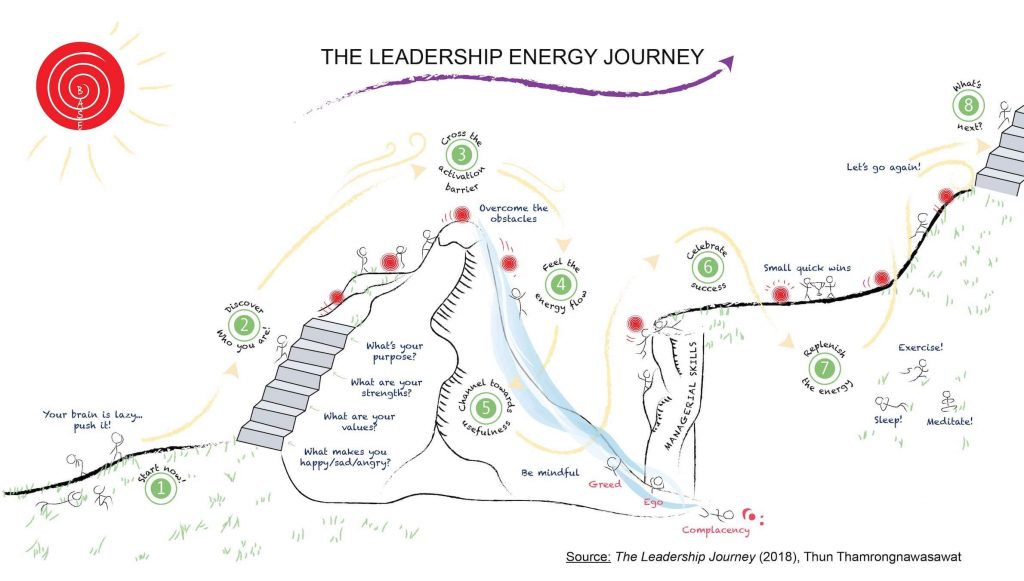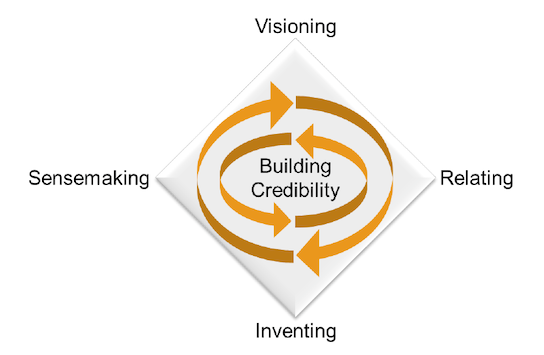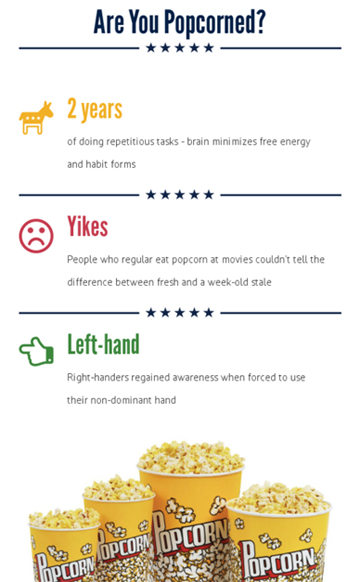Central bank digital currency (CBDC) is a hot topic in today’s digitally-driven world, especially seen through the lens of Covid-19. Since China began working on its Digital Currency Electronic Payments (DCEP) project in 2014, and the Bank of England first raised the concept of a central bank digital currency (CBDC) in its 2015 research agenda, interest around CBDCs has become prevalent.
A recent BIS (Bank of International Settlements) survey of central banks found that 80% were exploring their own central bank digital currency, with this figure expected to rise further this year. “When the Libra project was announced in 2019, central banks’ interest intensified and they began actively experimenting with the opportunities presented by exploring their own CBDCs, as a working paper issued by the BIS found.
Before that, there was a lot of hesitancy towards the idea of a digital currency. When Facebook announced that Libra would be backed by a consortium of prominent multinationals, central banks especially started to take notice,” explains Professor Ong Shien Jin, Professor of Practice at ASB. With over 4,000 cryptocurrencies currently in existence, why did Libra catch so much attention?
“Libra, now renamed Diem, is not the first stable coin,” explained Professor Ong, “But it’s the most prominent one proposed thus far. Unlike Bitcoin, its value is intended to be kept stable, backed by reserves of fiat currency. And in the case of Libra, it also enjoys the backing of credible multinational firms. Recently, the Financial Times reported that Facebook plans to launch a limited format of the digital currency in early 2021.”
The world’s central banks have acknowledged the impact that digital currencies and digital payments are having on the financial system and economy. Big tech companies like Ant Financial (the umbrella under which Alibaba products like Alipay sit) have grown from offering e-wallets to offering online credit. Today, Ant Financial reportedly has around $600 billion in assets under management.
Yet there are many concerns posed by companies like Ant Financial, ranging from systemic risk to the financial system, to anti-money laundering, privacy concerns, bank disintermediation, interoperability of distributed leger technologies with existing systems, and ensuring that an appropriate regulatory framework is in place. All of these are issues central banks around the world are considering as the extent of digital payments grows.
The case for central bank digital currency
Central banks considering their own digital currencies have many reasons to do so. “There are many reasons for central banks to consider a digital currency of their own,” explained Professor Anella Munro, Professor of Economics at ASB. “For some, it is efficiency, where existing cash-based systems are cumbersome and risky (for instance, shipping cash between islands in the Caribbean).
For others, it is driven by the dwindling use of cash. For others, it is providing central bank money that is interoperable with digital payments technologies, to support their development.” “Additionally, for emerging countries, financial inclusion is an important concern. Digital currencies can allow citizens to transact more easily,” added Professor Munro. “You may say, sure, but that can be done with e-wallets.
But there’s another benefit for central banks to have their own sovereign digital currency on a wholesale level. When money is transferred between banks through electronic payment service providers, these are done using reserves in central banks. As part of this process there’s a settlement stage, and interoperability is important. A decade or two ago, real-time settlement was a big topic in banking, and that settlement is fast in many countries.
Today, central bank digital currencies based on blockchain offer a promising solution for finality, since you can’t edit the ledger, but the technology may not be there yet, in terms of speed.”
Additionally, central bank digital currency could enable “enhanced and faster transmission of monetary policy”, through being able to implement negative interest rates with fewer constraints, according to Deputy Managing Director at the IMF, Tao Zhang. It could also cripple tax evasion and underground economies that flourish with the circulation of paper money (Rogoff, The Curse of Cash, 2016).
Central banks say more research into digital currencies is needed
Despite the potential benefits, very few central banks have launched their own central bank digital currency to date. One of the world’s central banks leading the way is Sweden’s Riksbank, in response to dwindling use of cash. The Riksbank has been researching the potential of a central bank digital currency since 2016, and has launched a pilot project with Accenture Plc to introduce an electronic krona, according to Bloomberg.
A study launched on the feasibility of a potential transition to e-krona is expected to be completed by the end of November in 2022. However, other central banks are taking a more cautious, wait-and-see approach, including the Bank of England, whose governor Andrew Bailey told Bloomberg, “We’ll go on looking at [the possibility of introducing a digital currency], as it does have huge implications on the nature of payments and society.”
In the US, the Fed is working with MIT Media Lab on CBDC experiments under MIT’s Digital Currency Initiative to explore the potential opportunities, challenges, and tradeoffs that a CBDC will bring.
In Europe, Germany’s Federal Ministry of Finance released a position paper in July 2020, noting that although a digital euro could be beneficial in reducing transaction times and costs, it could also have “comprehensive implications” for the stability of the entire financial sector, requiring further analysis.
Asia is a leader in central bank digital currencies
China is leading and dominating the digital payments scene with Ant Financial. However, Ant’s scale is a concern for the country’s central bank, which recently suspended Ant Financial’s IPO that was set to raise $37bn in the world’s largest IPO, to ensure compliance with a new regulatory framework designed to safeguard the interests of financial consumers and investors.
The People’s Bank of China (PBOC) has also announced its own digital yuan currency, and has tested the Digital Currency Electronic Payment (DCEP) system in 4 major cities. Beyond China, the outlook, in Asia, on central bank digital currency seems to be more optimistic. Cambodia has been investigating the development of a central bank digital currency since 2017, having relied heavily on the US dollar for decades.
After a series of pilot tests, on 28 October 2020, Cambodia officially announced the launch of “Bakong“, its central bank-backed digital currency which supports transactions in the dollar and riel, the Cambodian currency. Bakong could allow Cambodians the opportunity to bypass card-based payments altogether and leapfrog straight to a cashless digital system.
Meanwhile, a joint project between the Bank of Thailand and the Hong Kong Monetary Authority (HKMA) saw the successful trialing of a Distributed Ledger Technology (DLT) for cross-border fund transfers, under Project InthanonLionRock.
Aside from China, Cambodia, Thailand, and Hong Kong, multiple other Asian countries are exploring developing and experimenting with forms of national digital currencies, including India, Indonesia, Vietnam, the Philippines, Korean, and Japan. Japan has already announced its plans to test its digital yen in 2021.
Helping banks understand the digital currency landscape
While the potential of CBDCs is promising, there are tradeoffs in introducing a central bank digital currency. To help central banks think about the opportunities and risks presented by sovereign digital currencies, Professors Munro and Ong at the Asia School of Business have begun teaching custom-built courses centered around digital payments and central bank digital currency.
Professor Munro, Professor of Economics at ASB, brings with her over two decades of experience in international macroeconomics, macroprudential policy, asset pricing, monetary policy, and international finance at the Asian Development Bank, the Reserve Bank of New Zealand, and the Bank for International Settlements. Complementing Professor Munro’s expertise in policy and regulation, Professor Ong, Professor of Practice at ASB, possesses a wealth of market experience.
With a background in computer science, he started out his career at Goldman Sachs and then joined the tech industry at JobStreet.com, the #1 online job portal in Southeast Asia. Professor Ong also holds a PhD in Computer Science from Harvard University and a Bachelor of Science in Mathematics from MIT. Together, their complementary skillsets enable them to provide in-depth insight into topics such as:
- Overview of the existing digital payments landscape to set context
- Reasons for implementing CBDCs and what types of experiments are currently underway in various central banks across the world
- Design tradeoffs at the wholesale and retail level
- Private alternatives to central bank digital currency
- Case studies from countries who have trialed or launched CBDCs
“We’ve had some interesting discussions in these classes, given that our participants come from the emerging world. In Malaysia, we have Touch ‘n Go’s e-wallet being a partnership between Alipay and CIMB, and we discussed – how does this impact us in the emerging world? Would you want the big boys to come in and partner with your local banks or is there merit in homegrown fintech providers?” said Professor Ong.
“I hope that people will walk away from these sessions with a keener sense of the potential of the new technologies, understanding the pros and cons, and the complexities of digital currencies. We aim to help participants take a holistic approach,” he added.
World-class knowledge transfer on pressing topics for central banks
Beyond teaching these intensive courses on digital currencies, Professors Munro and Ong are also part of the faculty for the Asia School of Business’ (ASB) Master of Central Banking program, a joint partnership between MIT Sloan and the central bank of Malaysia (Bank Negara Malaysia).
The Master of Central Banking program is a 12-month residential degree program focusing on offering a comprehensive, first-of-its-kind curriculum that integrates all the core functions of central banking as well as leadership and governance. It is designed to prepare participants for future challenges, in light of the technological and economic changes taking place in today’s world.
“What’s exciting about the Master of Central Banking program is that it provides an integrative, forward-looking and global perspective on central banking. It combines the Sharp Skills – the more technical side of central banking – and Smart Skills – drawing on our MBA leadership curriculum. A significant portion of the course (30 per cent) is taught by professors from MIT, and the program includes six weeks at MIT Sloan, in Cambridge, Massachusetts.,” explained Professor Munro.
In addition to offering a Master of Central Banking program, ASB is also home to its Central Banking Research Centre, which offers fellowships to outstanding individuals in the field of finance and central banking, to promote research, exchange of information, dialogue, and professional interaction on topics related to central banking. This includes an ongoing webinar series Conversations on Central Banking, that tackles current issues in central banking and features former central bank governors and MIT faculty.
Demystifying the Fast Changing World of Digital Currencies
Iclif Executive Education Course by Professors Anella Munro and Ong Shien Jin (2-day online course)
The next course will be held on 3rd and 5th May 2021, from 9.00AM – 12.15PM. If you are a non-specialist, who wants to be able to make sense of, and be current on, the fast-evolving world of digital currency, this course is for you. To download the Course Guide and for more information on upcoming courses, register your interest below:
Master of Central Banking Program (One-year residential Master program for Central Bankers)
The Master of Central Banking (MCB) is a year-long residential program designed especially for central bankers. Participants will benefit not only from a curriculum that focuses obsessively on central banking, but also from the intense, hands-on experience of working in teams. To download the MCB brochure and for more information on upcoming events, register your interest below.
